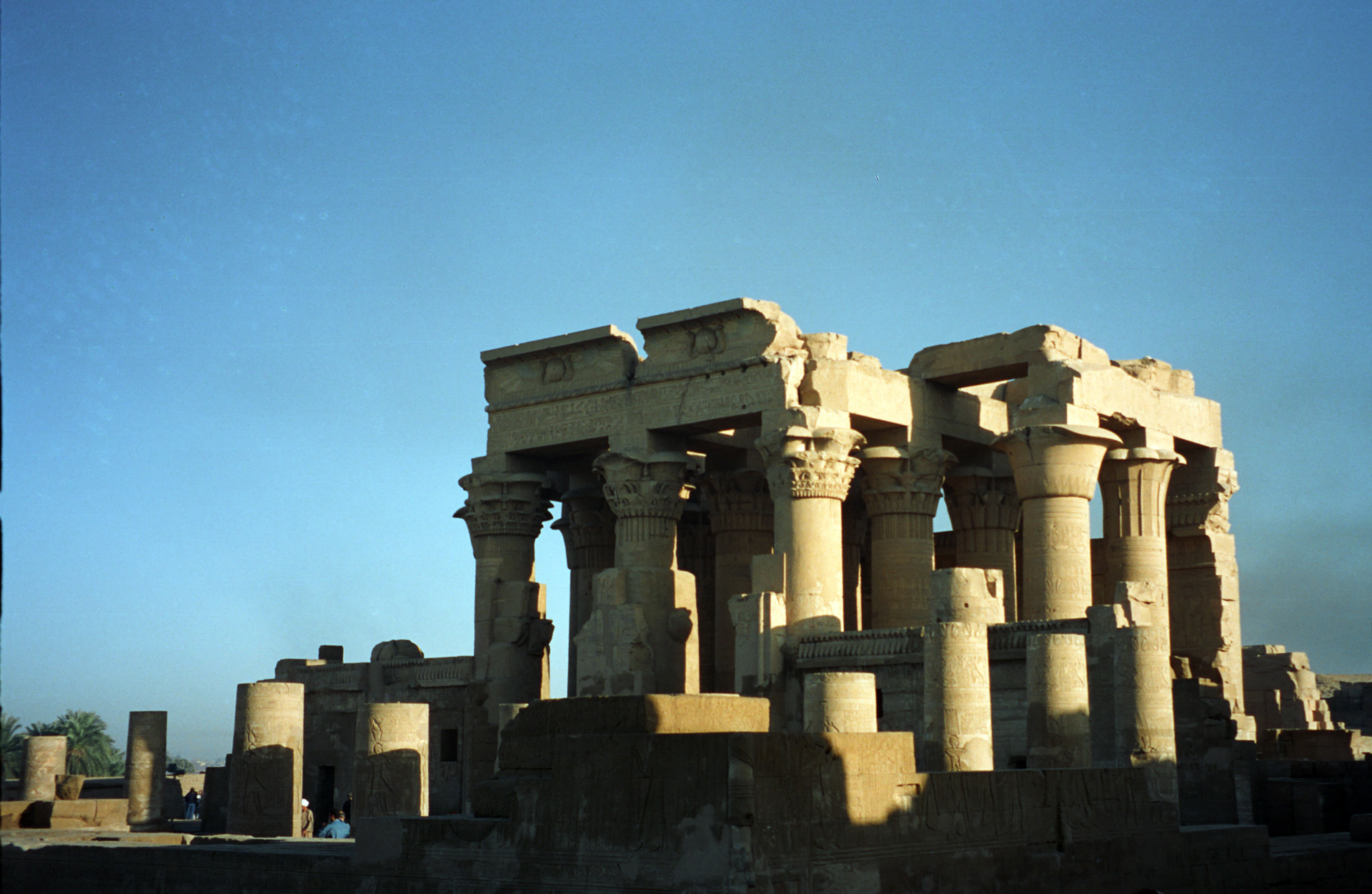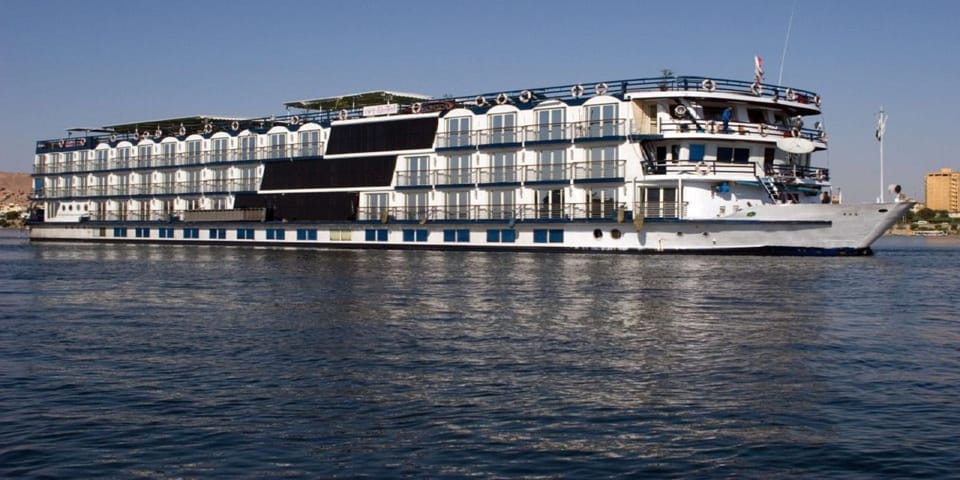Luxor
Luxor, once known as Thebes, served as the grand capital of Ancient Egypt’s New Kingdom and is now celebrated as the world's greatest open-air museum. This city of awe-inspiring temples, tombs, and monuments has a history as rich as its architecture. Its name, derived from the Arabic word for "palaces," reflects its past grandeur. Over centuries, Luxor has been known by many names, including Waset, meaning "city of the sceptre," and Ta ipet, "the shrine."
Luxor rose to prominence around 3000 BCE and remained Ancient Egypt’s political, military, and religious hub for over 1,500 years. Today, it attracts visitors from across the globe who come to explore its timeless wonders, from the majestic Luxor and Karnak temples to the Valley of the Kings and Queens. A visit to Luxor is a journey into Egypt’s extraordinary past, blending historical marvels with a vibrant present.

The City Maps
Trip Ideas
FEATURED ARTICLE
Temple of Philae
This large temple complex, relocated to the island of Agilika with the building of the High Dam in Aswan, features the magnificent Temple of Isis that was built in the late Ptolemaic and early Roman periods.

FEATURED ARTICLE
Nubian Museum
This museum traces the history from the earliest settlements to present day of Nubia, the region defined as the area between Aswan in Egypt and Khartoum in the Sudan.














